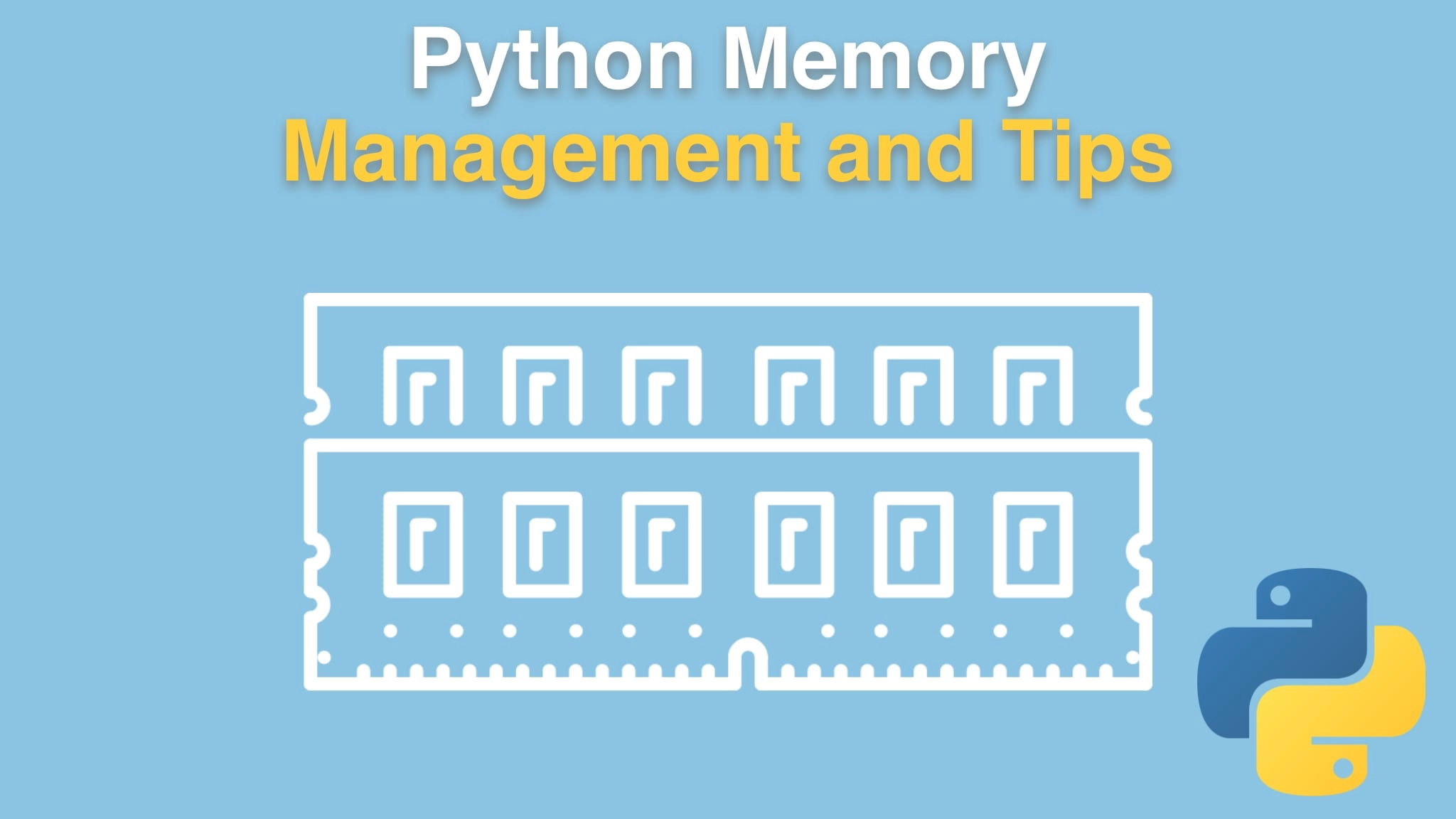Python Memory Management and Tips Transcripts
Chapter: Memory and functions
Lecture: Implementing the pipeline functions
Login or
purchase this course
to watch this video and the rest of the course contents.
0:00
Okay, so let's implement these, and we're going to start out, as you can imagine, using some random data as we have been.
0:07
So we're gonna "import random" and we're going to seed it so you always get exactly the same result.
0:14
Pick some arbitrary number out of thin air and that'll fix it so it doesn't generate
0:20
potentially different sizes of data, or different numbers which result in different sizes say in the filter step.
0:26
Alright, so let's go and do "load_data". This is going to return a list which needs importing that type of int. In the
0:36
new version of Python, 3.9 I believe, you'll be able to say "list" like that and you don't have to import a thing,
0:41
but currently in 3.8 and below you got to do this. Let's go write some code to generate one million numbers between 1000 and 10,000.
0:48
So we can do that in a cool little list comprehension like this, we'll say we want to get random
0:54
.randint, Between 10,000, I'll use a little, or 1000, and 10,000, I'll use a little
1:03
digit grouping thing you could do here for nothing in range of 1 to 1,000,000. Okay, so that should return us our one million items in that range.
1:18
That's pretty easy, right? And then the next one, what we gotta do is we gotta filter_data. This one is going to take some data,
1:24
which is a list of int, and it's going to return a list of int as well. So this one could be another cool list comprehension.
1:33
These don't all have to be list comprehensions in order to achieve what we're going to go for, like the technique we're showing,
1:39
but they just happen to be nice. So we'll say "n for n in data if n is not divisible, not divisible by 5".
1:49
Okay, so give us all the numbers that are not divisible by five. Final one is gonna be to scale
1:55
data, and this is going to take a data which is a list of int and return a list of float. And we'll say something much like this.
2:10
So this one takes the data and the factor, which is a float, and so this is gonna be n times factor for n in data. And that's it!
2:19
So we've implemented these three things and let's just, you know, print out some of the scaled numbers.
2:25
Let's print out the first 20, see what we get. Just to make sure things are
2:29
hanging together. It takes a moment to run because we generated a million things and then did a bunch of processing on it,
2:35
but those look like numbers that were, you know, started out between 1000 and 10,000, and then got multiplied by 2.8, don't they?
2:44
Perfect. I guess the other thing we could do is also we could just print the length of scaled so we know how many we actually got back, about 800,000.
